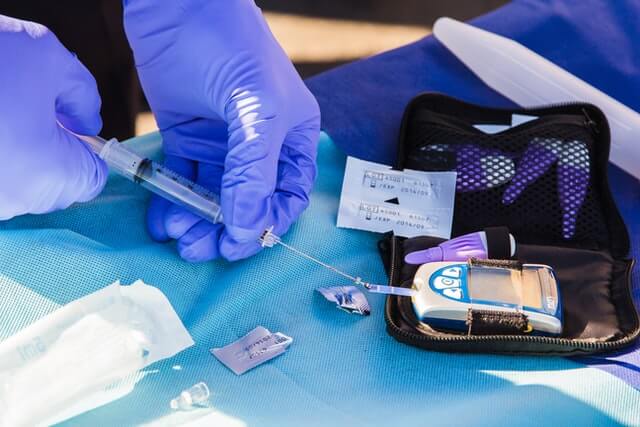Glycemic control HbA1c 3 monthly or Bianually (if treatment goal acheived and glycemic control considered stable) – Target: Non-pregnant adult patients: <7% Minor cardiovascular disease, minor hypoglycemic episodes, short diagnosis time with diabetes, and long life expectancy: <6.5% Significant co-morbidities, progressive micro- and macrovascular complications, or short life expectancy: <8%…
Tag: Internal medicine
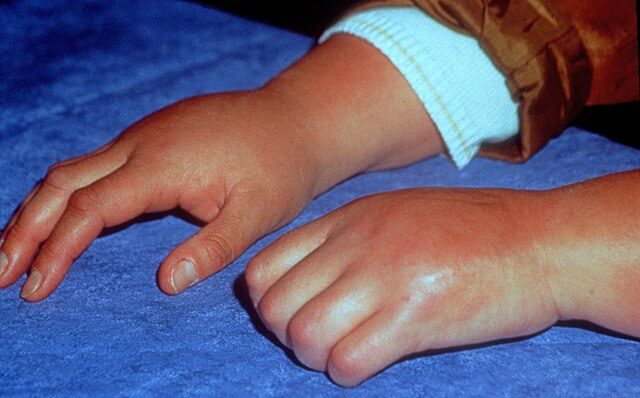
Complex Regional Pain Syndrome (CRPS)
Synonyms: CRPS, Sudeck’s atrophy, Reflex sympathetic dystrophy, RSD, Causalgia Chronic regional pain syndrome (CRPS) is a persistent neuropathic pain syndrome of an inappropriate intensity due to sustained sympathetic activity with the absence of impending or ongoing tissue damage. There are 2 types of CRPS: Type 1 (Sudeck’s atrophy or Reflex…
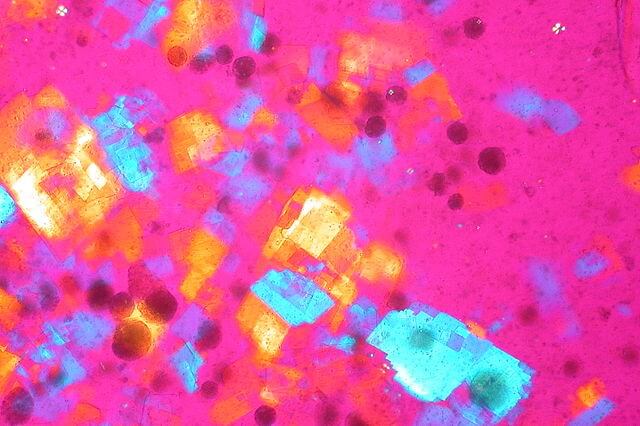
Synovial Fluid Analysis – Made Easy
What investigations to order for synovial fluid sample? Mnemonic: 5 Cs Chemistry (pH, LDH, glucose, protein) Cell counts Cytology Culture Crystals Interpretation of synovial fluid analysis Gross Normal Non-inflammatory Inflammatory Septic Crystal Hemorrhagic Volume (ml) <3.5 >3.5 >3.5 >3.5 >3.5 >3.5 Viscosity High High Low Variable Variable Variable Color Colorless…
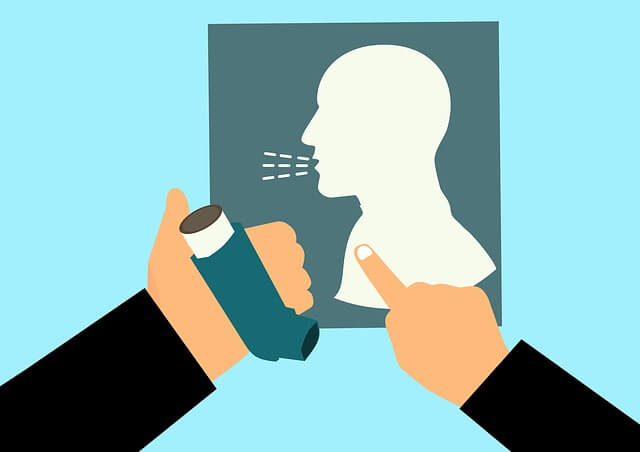
Respiratory Emergencies
Contains concise management of following conditions with flowcharts, tables and figures. This handbook can be helpful for medical students posted in Emergency room or Internal medicine and also for medical officers working in Emergency department. Acute Pulmonary Embolism Acute Exacerbation of COPD Community Acquired Pneumonia (CAP) Healthcare Associated Pneumonia (HAP)/Ventilator…
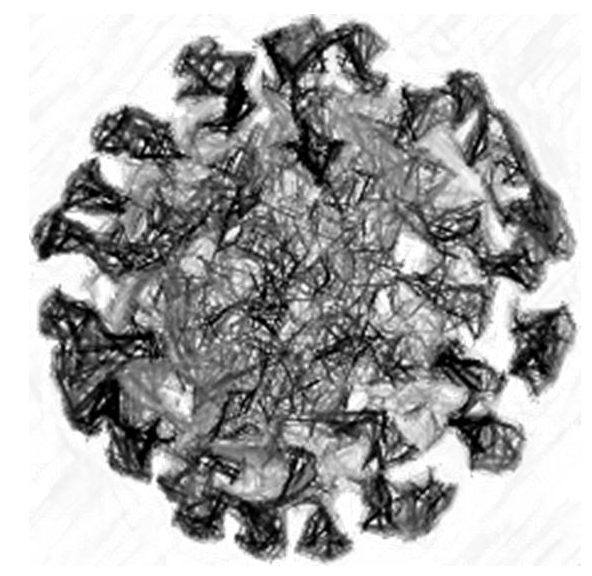
Novel Coronavirus Disease (CoViD-19) – “An Old Family with a New Disease”
Coronaviridae, one of the families of viruses which are known to cause diseases in mammals and birds ranging from the common cold to Severe Acute Respiratory Syndrome. A new species which belongs to this family emerged recently causing an outbreak of a respiratory disease in the eastern part of Asia….
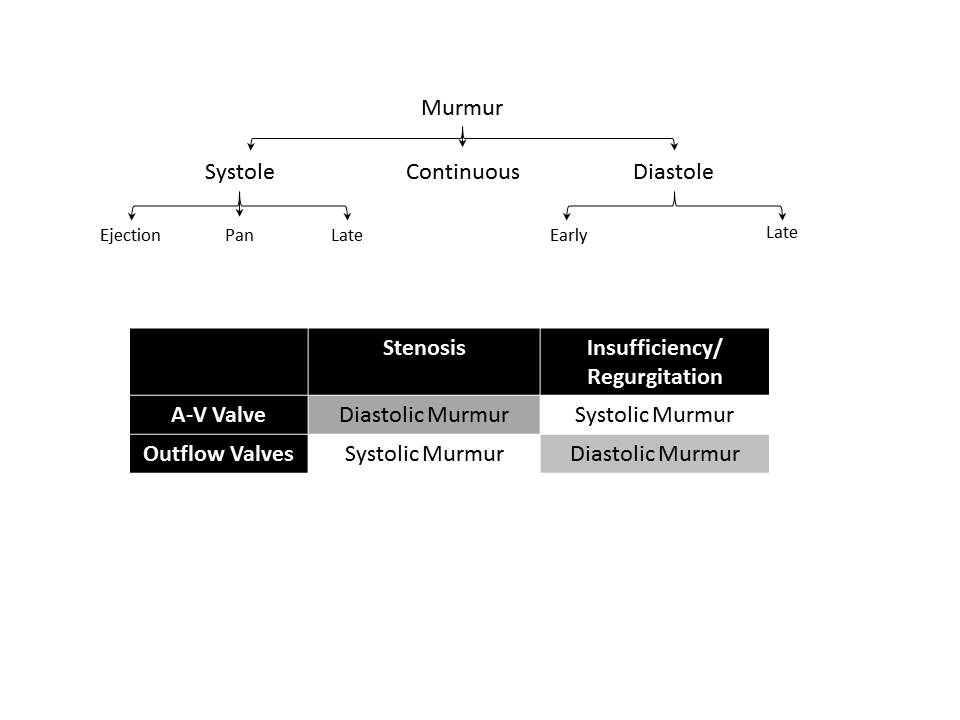
Heart Sounds – Murmurs
Murmur is a low, indistinct sound. In terms of medicine, it is the sound produced due to turbulent flow within the heart and great vessels. They are described and named in relation to the normal heart sounds, location, and quality. Please go through these articles before reading further: Heart Sounds…
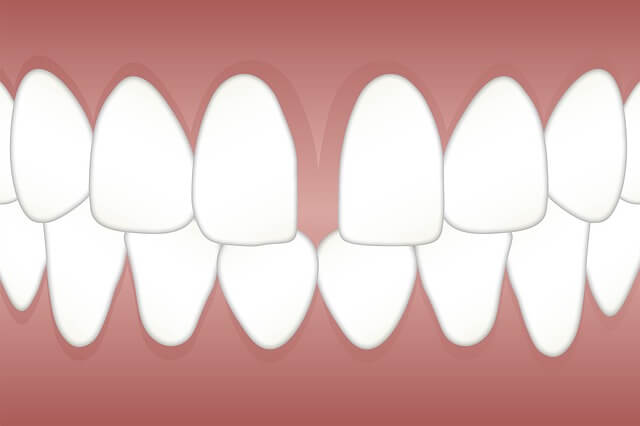
Few Etiology Mnemonics
YELLOW NAILS N: Non pitting Lymphedema A: Autoimmune disorders (thyroiditis, rheumatoid arthritis) I: Infections (Pneumonia, AIDS) L: Lung disorders (pleural effusions and bronchiectasis) S: Serious: Malignancy (mycosis fungoides, laryngeal carcinoma, bronchial carcinoma, breast cancer, endometrial cancer, gallbladder cancer, NH Lymphoma) DIASTEMA causes (see Terry Thomas “sign”) D: Developmental cyst orofacial line I:…

Some Neurology Mnemonics
FALLS – indications for CT BRAIN A: Age > 65, Amnesia > 30 minutes before impact B: Bringing up = vomiting > 1 (once) C: Coagulopathy (hx) D: Dangerous mechanisms: > 1 m or 5 stairs, PVA, Cyclist, Ejection E: Epileptic fit (post traumatic) F: Fracture: open, depressed, skull base…
